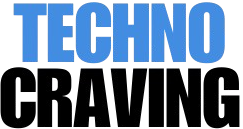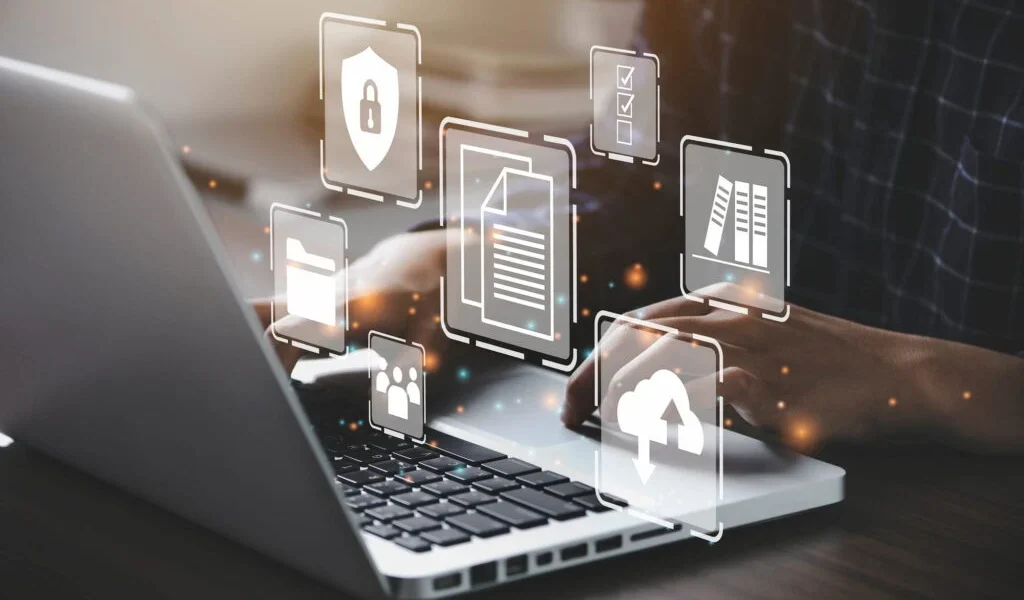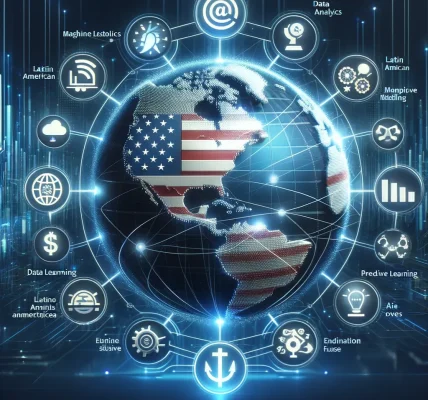Introduction
How Can New Technologies Be Used to Help Maintainers? As undertakings advance, the occupation of maintainers ends up being more amazing, requiring creative developments to improve processes. The request arises: How should new advances be used to help maintainers? In this article, we examine the habits wherein present-day tech contraptions are making support more useful and convincing.
Predictive Maintenance
Judicious upkeep uses data and computer-based intelligence to figure out disillusionments before they happen. By analyzing persistent data from sensors, maintainers can design fixes proactively, diminishing edge time and upkeep costs.
Key Benefits:
Reduced Downtime:
Booked upkeep limits aggravation.
Cost Savings:
Less emergency fixes.
Improved Safety:
Forestall mishaps by resolving issues before they decline.
AI and Machine Learning
PC-based insight and simulated intelligence help maintainers seek after informed decisions by inspecting gigantic enlightening assortments and giving critical encounters. These progressions redesign upkeep designs and further foster diagnostics.
Key Benefits:
Faster Diagnostics:
Man-made knowledge distinguishes and settles issues quickly.
Automation:
Routine endeavors can be modernized, saving time.
Better Decision-Making:
Man-made knowledge shines on tasks considering consistent data.
Internet of Things (IoT) and Remote Monitoring
The Snare of Things (IoT) interfaces equipment to the web, engaging remote checking. Sensors assemble ceaseless data on equipment execution, allowing maintainers to determine issues before they arise.
Key Benefits:
Remote Monitoring:
Track gear execution from wherever.
Faster Response Time:
Brief cautions for likely issues.
Improved Resource Allocation:
Data-driven dynamic spotlights on help.
Digital Twins
A modernized twin is a virtual model of a genuine asset, allowing maintainers to reproduce and inspect its approach to acting. This predicts dissatisfaction and smooths out upkeep plans.
Key Benefits:
Predictive Insights:
Reenact future dissatisfactions and plan accordingly.
Cost-Effective:
Diminishes unnecessary fixes.
Optimized Maintenance:
Ensures fortunate and useful upkeep.
Augmented Reality (AR) and Virtual Reality (VR)
AR and VR help with arranging and far-off help. AR overlays advanced data on certified hardware, planning maintainers through assignments. VR gives a defended climate to rehearse without risk.
Key Benefits:
Improved Training:
Imitate real circumstances.
Remote Support:
Specialists help with investigating progressively.
Enhanced Accuracy:
AR gives step-by-step fix rules.
Drones for Inspections
Drones are used for far-off audits, especially in hard-to-show-up districts. Outfitted with cameras and sensors, drones give steady film to maintainers to survey.
Key Benefits:
Improved Safety:
Avoid unsafe appraisals in hazardous areas.
Efficiency:
Perform surveys faster than standard procedures.
Cost-Effective:
Diminishes the necessity for manual evaluations and stages.
The Future of Maintenance Technologies
The destiny of upkeep will integrate 5G, edge enlisting, and blockchain. These progressions will further develop data speed, engage continuous taking care of, and give more secure and direct upkeep following.
FAQs
What is predictive maintenance?
Insightful help uses data to predict when equipment will miss the mark, allowing proactive fixes before breakdowns.
How does AI help maintainers?
PC-based knowledge takes apart data to overhaul upkeep plans, investigate issues, and robotize routine endeavors.
How does IoT benefit maintenance?
IoT enables remote viewing of equipment continuously, giving brief alerts to issues.
What is a digital twin?
A mechanized twin is a virtual impersonation of a genuine asset, taking into account farsighted examination and upgraded help.
How do drones assist in maintenance?
Drones perform faraway surveys, giving fast and safe data variety from hard-to-show up at locales.
This variation is more brief while at this point covering the essential worries! Illuminate me concerning whether you truly need further changes.
Conclusion
New developments are changing the upkeep business by giving maintainers advanced mechanical assemblies to propel their work. From judicious help and man-made insight-driven pieces of information to IoT and drones, these improvements help with diminishing individual time, further fostering security, and lower costs. As developments continue to propel, upkeep cycles will end up being fundamentally more useful, simplifying it for maintainers to keep gear moving ahead true to form and hinder extreme disillusionments. Embracing these headways is imperative to staying ahead in the constantly changing scene of upkeep.





